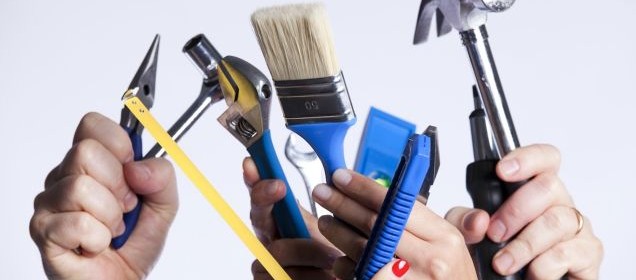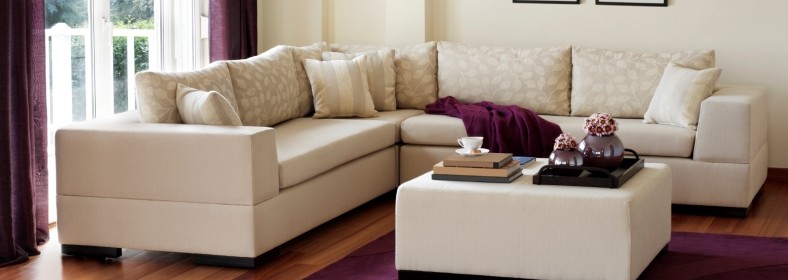How to Choose Quality Construction Materials

Choose quality materials that will remain reliable for a lifetime.
When designing a commercial construction project, the quality of materials can affect everything from cost to life span. The building owner will also expect the construction to use materials that he specifies, and will not look favorably upon overages and delays. How a project manager balances this key aspect of construction will determine the outcome of the project. Here are some tips for choosing quality materials.
Find Multiple Suppliers
The first hurdle to overcome is your supplier. Different suppliers will offer competitive pricing on whatever their specialty may be. They have suppliers of their own that they order from, and these suppliers offer different prices and projections for delivery. That’s why it’s crucial to talk with suppliers early and give them a time frame for your project. You not only need a competitive price, you need the timing to be right as well.
Invoice Everything
Create a paper trail for every aspect of the project. One of the first things a construction claims consultant reviews during a dispute is paperwork verifying all of the orders, and that they were delivered on time as specified.
Verify Materials
Upon arrival, verify that everything you ordered arrives to you as specified. If you’re in doubt about something serious, hire an expert. A steel fabrication expert can be called in to verify the integrity of steel, to be sure that your materials will last the specified time. It’s better to pay for that reassurance now than the legal repercussions of failed steel down the road.
:
: Lyle Charles is a steel fabrication expert witness for construction litigation. Contact Lyle Charles Consulting if you require construction mediation, or assistance settling a construction dispute.
Article Written by : Home Interior Advices
